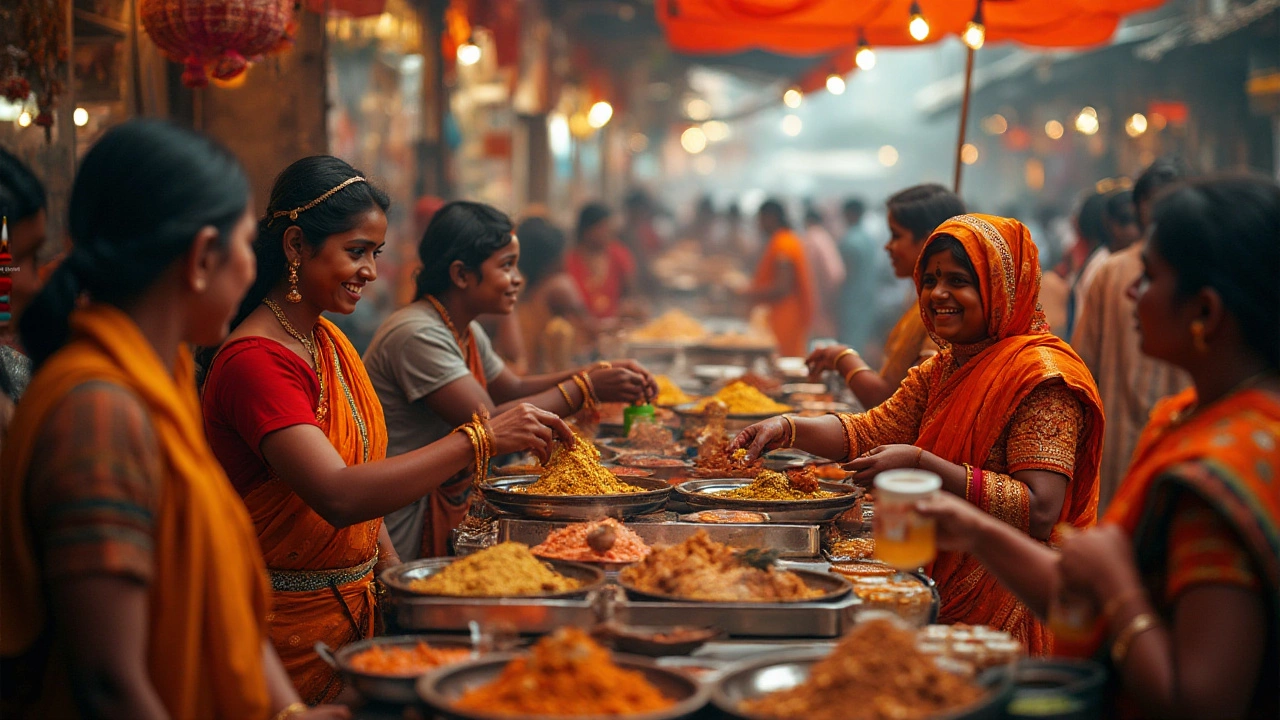Food Etiquette in India: Practical Guide for Respectful Dining
If you’re invited to an Indian home or a local restaurant, a few simple habits can make a big difference. Indian hosts value respect, sharing, and a sense of community around the table. Knowing what to do (and what to avoid) helps you fit right in and enjoy the food without awkward moments.
Common Table Manners
First, wait for the eldest or the host to start eating. In many families, the oldest person signals when the meal begins, and joining early can be seen as rude. Use your right hand for everything—picking up food, passing dishes, and handing items to others. The left hand is traditionally kept for hygiene tasks, so avoid using it at the table.
When food is served, you’ll often see a communal plate or several side dishes (known as bhog or thali). Take a small portion at a time; piling too much on your plate may look greedy. If you finish your serving, it’s polite to ask for a refill. Saying “please” and “thank you” in Hindi—kripya and dhanyavaad—adds a friendly touch.
Avoid blowing on hot food. Instead, let it cool naturally or gently stir it to distribute heat. If a dish is too spicy, it’s okay to take a bite of plain rice or yogurt to balance the flavor. Complimenting the cook is always appreciated; a simple “it’s delicious” goes a long way.
Eating with Hands and Serving Tips
Many Indian dishes are meant to be eaten with the hand, especially breads like roti, naan, or paratha. Wash your hands thoroughly before the meal—clean hands are a sign of respect. To pick up food, use your thumb, index, and middle fingers to form a small spoon. Scoop a bite and bring it to your mouth without turning the hand upside down.
If you’re unsure whether a dish is hand‑eaten, look at how others are handling it. Soups, biryani, and some curries are usually taken with a spoon. When using a spoon, hold it in the right hand and keep the left hand relaxed on the table.
Serving others is a key part of Indian hospitality. When passing a bowl, rotate it clockwise so the person on your right receives it next. If you’re refilling a dish, use the clean side of the serving spoon and avoid double‑dipping. When the meal ends, placing your napkin loosely on the left side of the plate signals you’re finished.
Lastly, respect dietary preferences. Many Indians follow vegetarian or religious restrictions, so don’t assume everyone eats meat or dairy. If you’re bringing a dish as a guest, label it clearly (vegetarian, vegan, contains nuts, etc.). This small effort is seen as thoughtful and avoids accidental offense.
By following these easy guidelines—waiting for the host, using the right hand, keeping portions modest, and handling food with care—you’ll blend in smoothly and enjoy the rich flavors of Indian cuisine. Remember, Indian food is as much about the shared experience as it is about the spices, so relax, smile, and savor the moment.
Rules of Indulgence: Navigating India’s Street Food Scene
Street food in India is an exhilarating culinary experience, offering a colorful array of flavors and textures. However, understanding the unwritten rules of eating in India can enhance this gastronomic journey. This article explores traditional dining customs, hygiene tips, and essential street food etiquette for any traveler. From how to choose a vendor to the art of eating with your hands, it delves into the essentials of savoring Indian street food safely and respectfully.
